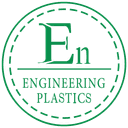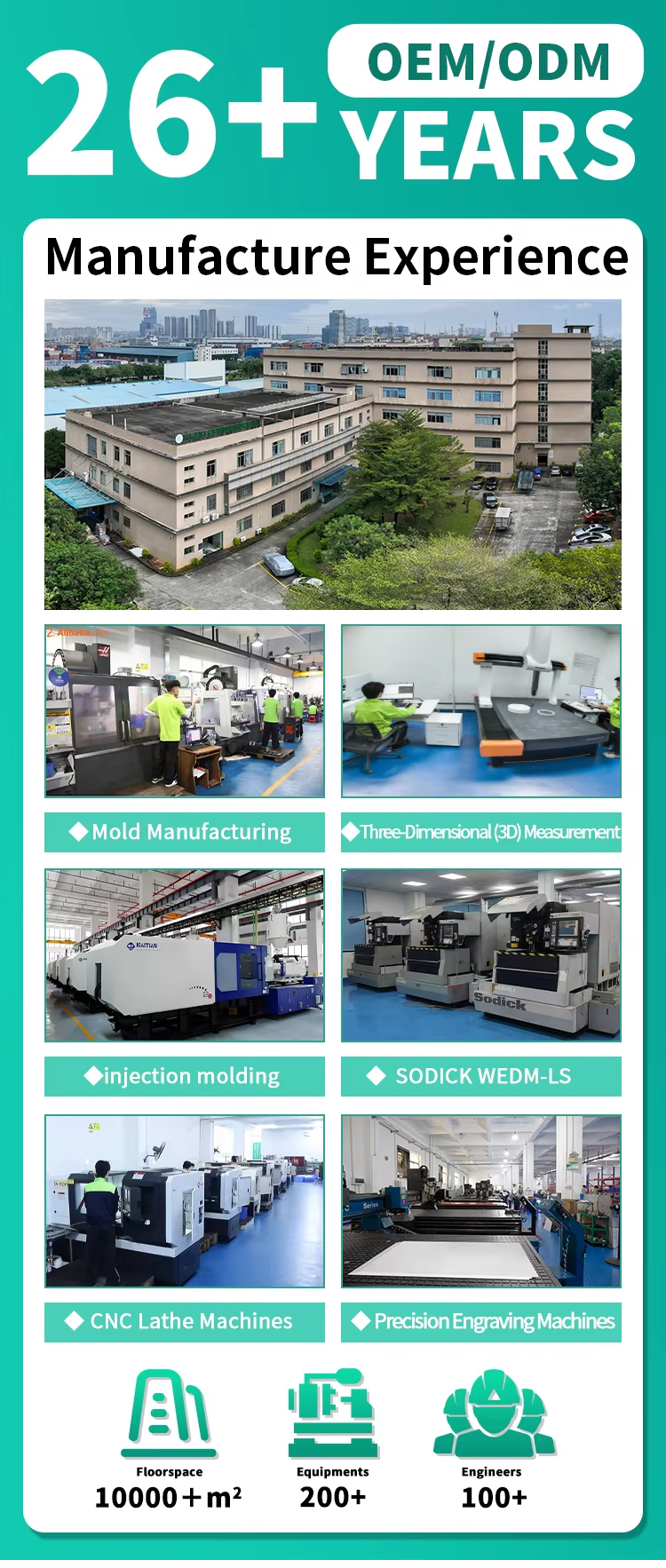
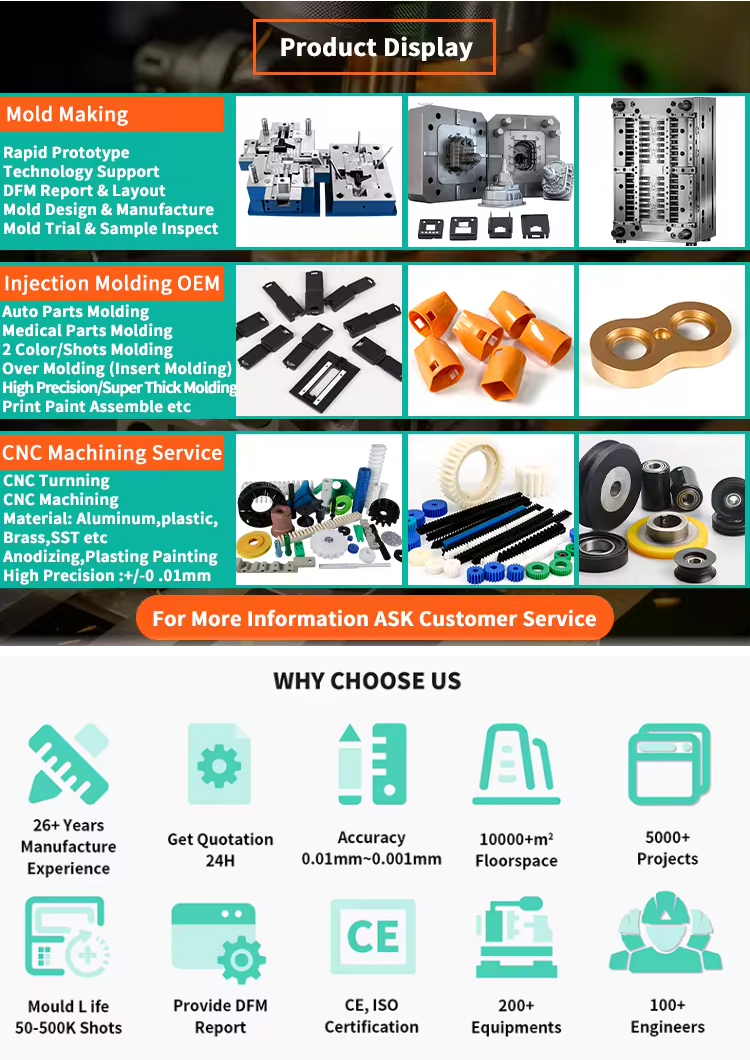
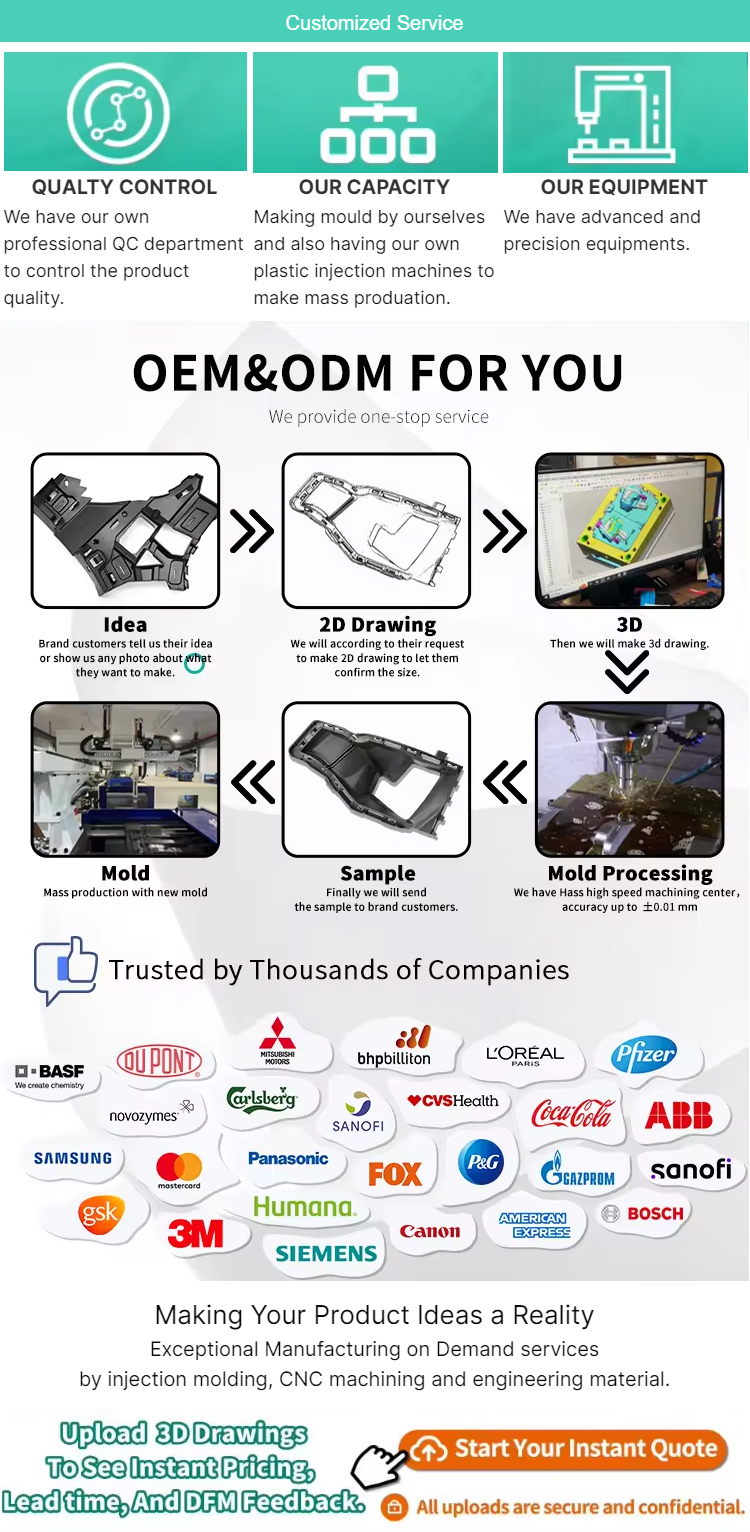
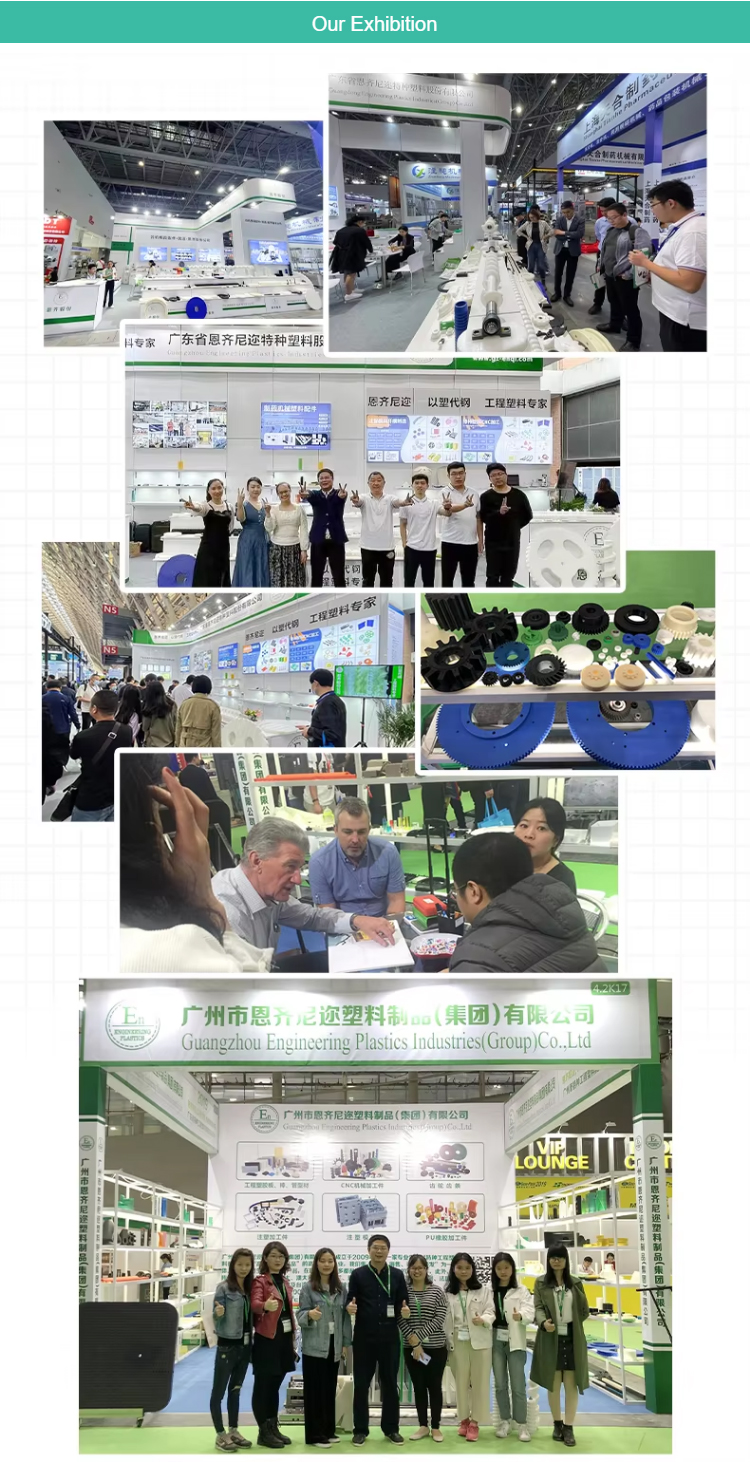
The world of modern manufacturing heavily relies on processes that offer precision, scalability, and versatility, and among these, injection molding stands out as a cornerstone technology. This transformative process allows for the creation of complex and detailed plastic parts in high volumes, making it indispensable across a multitude of industries. From intricate consumer goods to robust industrial components, the capability to shape molten plastic with exacting accuracy has revolutionized how products are conceived and produced. At the heart of this capability lies an advanced mold tooling system, representing the pinnacle of engineering plastics manufacturing, where innovation and technology converge to bring sophisticated designs to life.
Specifically, plastic injection molding offers a pathway to produce items that seamlessly blend functionality with aesthetics. The success of any product starts with meticulous injection mold design, a critical phase where engineers and designers translate concepts into tangible blueprints for manufacturing. This design process accounts for material properties, shrinkage, airflow, cooling channels, and the ejection mechanism, all vital for creating high-quality, defect-free parts. Consider, for example, ergonomic handles in vibrant colors or precisely threaded caps; these everyday items benefit immensely from careful injection mold design, ensuring they are not only visually appealing but also durable and functional. The ability to create complex geometries, such as those seen in interlocking platforms for educational toys or intricate comb-like structures for industrial applications, is a direct result of sophisticated plastic injection molding techniques paired with expert design.
The true power of this manufacturing method is showcased in the sheer diversity of products it can create. The versatility extends from producing functional design marvels, like the aforementioned handles and caps, to playful and educational components such as globe stress balls. Durable industrial parts, often requiring high-performance engineering plastics, demonstrate the robustness achievable. Furthermore, plastic injection molding is instrumental in creating streamlined utility items, like transparent bottle prototypes, which demand clarity and precision. The adaptability of this process means that even wearable innovations, perhaps involving curved forms for accessories or tech gadgets, and critical automotive or structural components with aerodynamic shapes, can be realized efficiently. This wide application spectrum is made possible by the compatibility of injection molding with a vast array of thermoplastic and thermosetting polymers, each offering unique properties tailored to specific end-uses, from flexible elastomers to rigid, impact-resistant plastics.
The underlying process of injection molding involves melting plastic pellets and injecting the molten material under high pressure into a meticulously crafted mold cavity. Once the plastic cools and solidifies, the mold opens, and the finished part is ejected. Advanced mold tooling systems, as seen in industry-leading examples, are feats of engineering themselves, designed to accommodate intricate features and innovative designs while ensuring consistency across thousands or even millions of cycles. This technology is not just about mass production; it's about pushing the boundaries of what's possible with engineering plastics. The ability to precisely control every aspect of the molding cycle, from temperature and pressure to cooling times, enables the creation of components that meet stringent quality standards and performance requirements. Effective injection mold design plays a crucial role here, ensuring that the flow of plastic is optimal and that the final product meets all specifications without undesirable defects.
Beyond mass-produced items, this manufacturing technique also excels in providing customized solutions. Bright, vibrant designs seen in items like custom holders or colorful attachment tools highlight the ease with which products can be adapted for specific home solutions, DIY applications, or specialized organizational systems. This level of customization, combined with efficiency, is a key advantage. The future scope for plastic injection molding continues to expand, driven by advancements in material science, mold-making technology, and automation. As industries demand lighter, stronger, and more sustainable materials, this manufacturing technique will continue to evolve, offering creative solutions to complex challenges. The capability of modern mold tooling to balance both functional and aesthetic demands ensures that products created are not only fit for purpose but also appealing to the end-user, promising a future where the possibilities with engineering plastics are truly limitless.

